Life doesn’t end when a film closes. The story proceeds; it’s just our edge of vision that closes. The absolute best film endings settle a “preceding” and summon a feeling of “after”. The determination can be a peak, a wind, a misfortune, a tune, a joyfully ever after, quiet after the tempest, another stage – a summit scene that gives the watcher a feeling to leave the film lobby with. We like to leave with solid emotions: trust, stun, awfulness, bliss. Yet, different movies keep you thinking by finishing just in the soul, or by finishing without wrapping up.
1. Devdas (2002)
It later got chic to abhor on Sanjay Leela Bhansali’s Shah Rukh Khan as the lead role however recollecting the pin-drop quietness in the corridor when a wedded Paro runs – surrendering any similarity to tastefulness and respect – towards her chateau’s moderate closing entryways. She needs to arrive at a withering Devdas, whose last rituals are reflected in a frantically excellent topic. The way of Paro hurling herself against the entryways and “Deva” breathing his last: that is the sound we go out to see the films for.
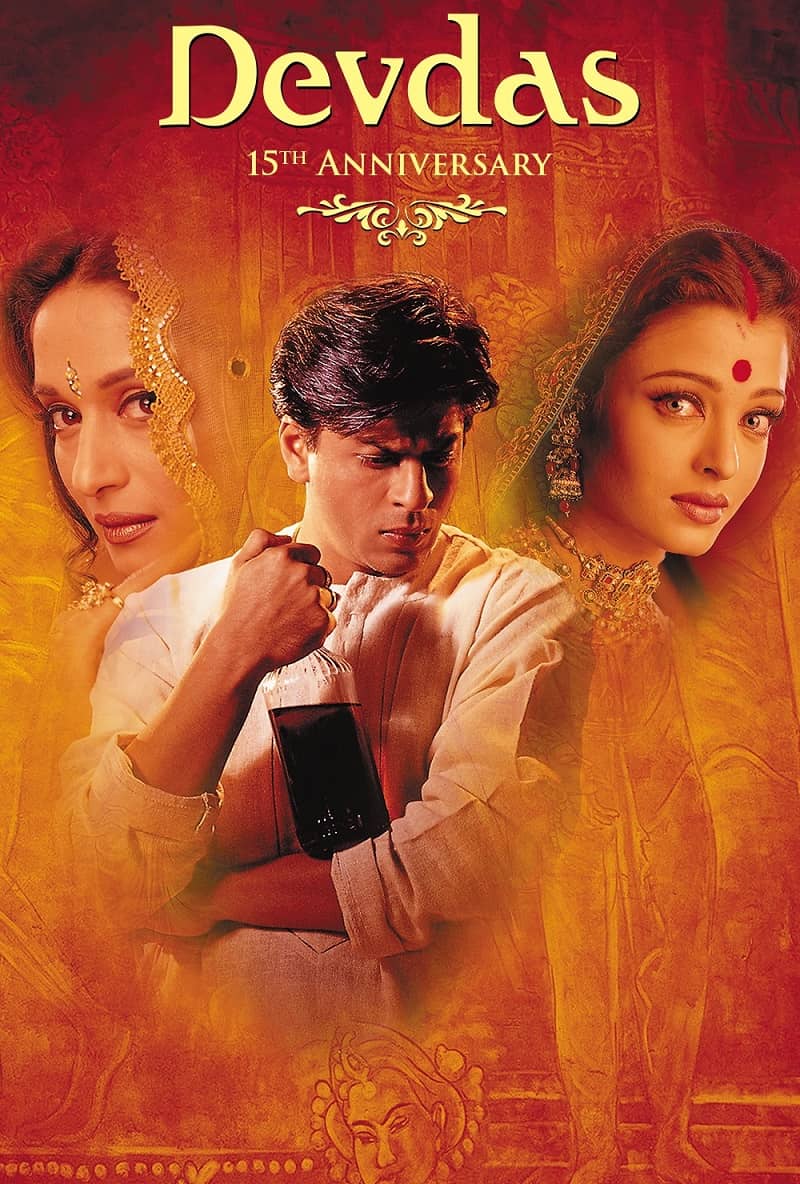
2. Rang De Basanti (2006)
It’s the disappointment of a whole age that a furious, and entrancing film like Rang De Basanti can’t exist in India today. Kicking the bucket by shots at the All India Radio Station, at that point, is both sensational and fitting – you murder a lawmaker, you bite the dust in a space where voices matter. What’s more, Rang De Basanti did Rumi’s “past good and bad, there’s a field, I will meet you there” before Rockstar.
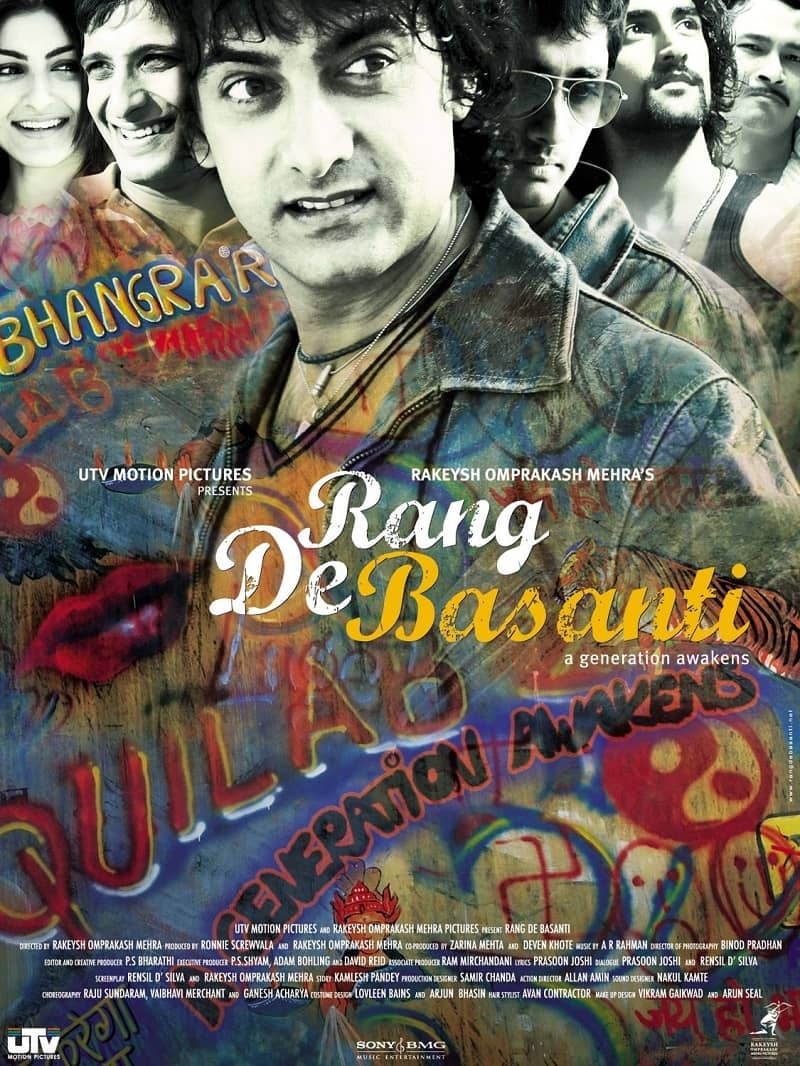
3. Mumbai Meri Jaan (2008)
Nishikanth Kamath’s Mumbai Meri Jaan – a multi-account preview of the city fixated on the 2006 train bombings – closes with Mohammed Rafi’s lively voice “Zara Hatke, Zara bachke, yeh hai Mumbai meri Jaan”. Yet, that is only one of two masterstrokes. This is gone before by a two-minute quietness, both in reel and constant, to stamp multi week of an assault that tore through the help of the city. To see Mumbai at a stop is to see the film stop and consider all that it implies.
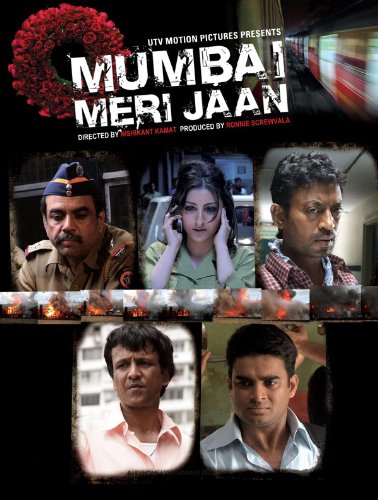
4. Luck by Chance (2009)
Zoya Akhtar’s first and best film is around two industry untouchables toward the start of long however desolate vocations. Following some savvy guidance from a genius, Vikram (Farhan Akhtar), another film star, attempts to make sure about his cheerfully ever after with his ex, Sona (Konkana Sen Sharma), in the last couple of scenes. However, she leaves, and out of nowhere, we understand that the film was most likely about her from the start. It closes with a meeting of Sona, presently a TV star, where she thinks about her excursion. “Somebody once revealed to me you pick your victories and disappointments in this industry,” she proceeds, while we see her flagging down a taxi. “Presently I comprehend what that implies,” finishes up her voiceover, a monster accumulating of Vikram retreating out of sight.
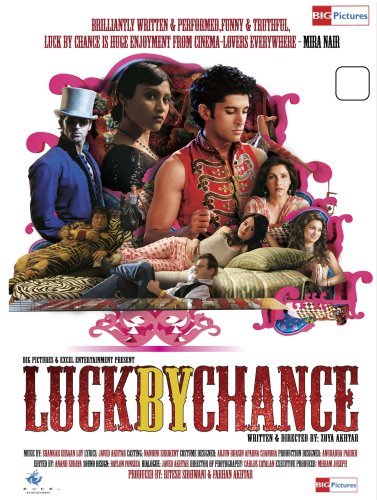
5. Udaan (2010)
This second has just been expounded on in our decade-best scenes list, yet insufficient can be said – both in the setting of the story and in peculiarity. A high school child runs from his injurious dad and surpasses him: an amazing arrival of pressing factor after their account arrives at the limit. The breakaway is so strict and physical and basic – a run, which is an immediate proportion of speed, strength, and force.
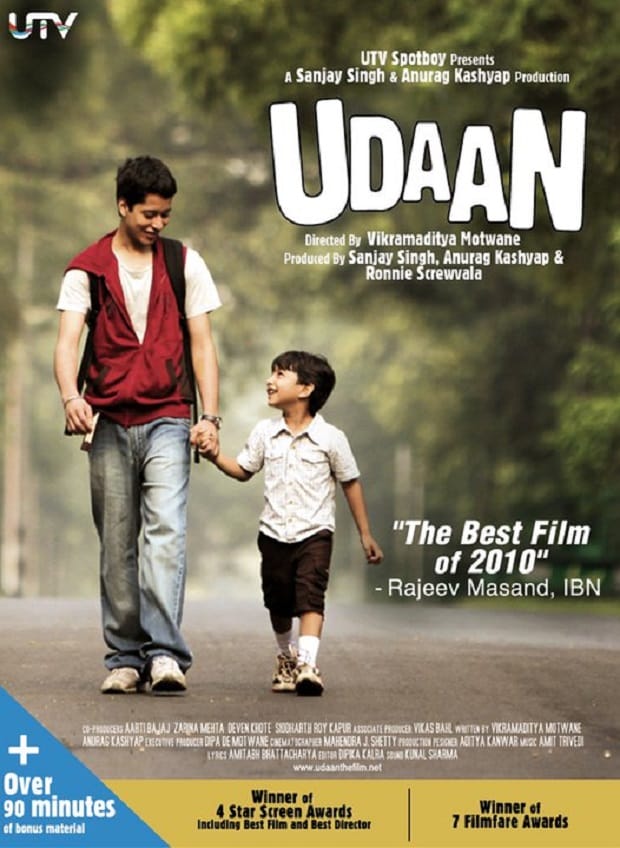
6. Ship of Theseus (2012)
There’s a particular feeling of despairing about the way chief Anand Gandhi meshes reasoning into the film, or the other way around, in his full-length debut. This is generally apparent in the last scene, where Plato and power talk through visuals inside visuals. The strings of the three heroes – an Egyptian picture taker, a Jain priest, and a stockbroker – cross at a humanities gallery. They are three of eight organ beneficiaries from a late contributor whose cavern investigating film is being screened for them.
The lights go out, the projector wakes up, and all the distinctive “parts” of the giver watch their entire – his shadow – investigate the internal organs of Earth. However, the camera is on them, in a greater number of ways than one. The strings of the foundation score rise and the edge of a crowd of people moved by pictures on a screen should be trailed by the name – the personality – of this film.
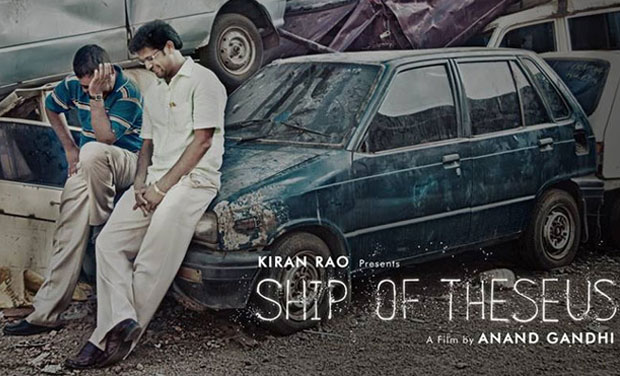
7. Masaan (2015)
Masaan closes with a start. Devi (Richa Chadda) and Deepak (Vicky Kaushal), damaged heroes of isolated stories, meet on their way to the Sangam: the “meeting point” of two waterways and a legendary third (Sanjay Mishra’s story). Not at all like most multi-story films, this is not a symbolic string tying second. It seems like Deepak and Devi were bound to experience what they did – embarrassment, tragedy – just with the goal that their ways cross. The actual scene is delicate: They’re hanging tight for the boat, and Deepak sees Devi sobbing at a lower step. He unobtrusively puts a container of water close to her before the boat shows up. At the point when they make a discussion, the boat is now on its way. The camera dish to the sun in the skyline – the sun is setting; however, it’s rising. The tune Bhor (“sunrise”) dominates.
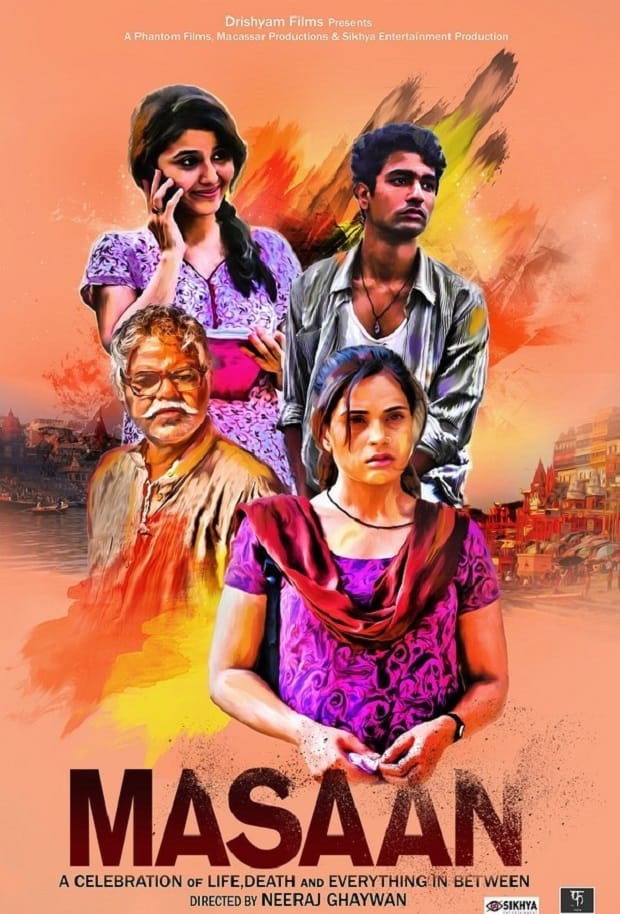
8. Mukti Bhawan (2016)
Shubhashish Bhutiani’s presentation film says a ton regarding the passing, conclusion, and familial hatred. Rajiv (Adil Hussain), who hesitantly satisfies his debilitated dad Daya’s (Lalit Behl) wishes of looking for salvation in Varanasi, spends the entire film conflicted between organizing a farewell and dodging a much obliged. It’s the grown-up child who achieves salvation during the last snapshots of Mukti Bhawan. In a whole take, we see Rajiv bearing his dad’s body to the memorial service fire – battling through the tight bylanes that appear to broaden to oblige the carcasses that go through them. He begins to separate since that is the thing that he believes he should do, before his girl grasps his hands, asking him to move and commend a day-to-day existence instead of grieving a passing. Adil Hussain does something extraordinary for himself right now: Rajiv looks liable for feeling alleviated, and diminished for at last feeling like to a greater degree a dad and spouse than a child.
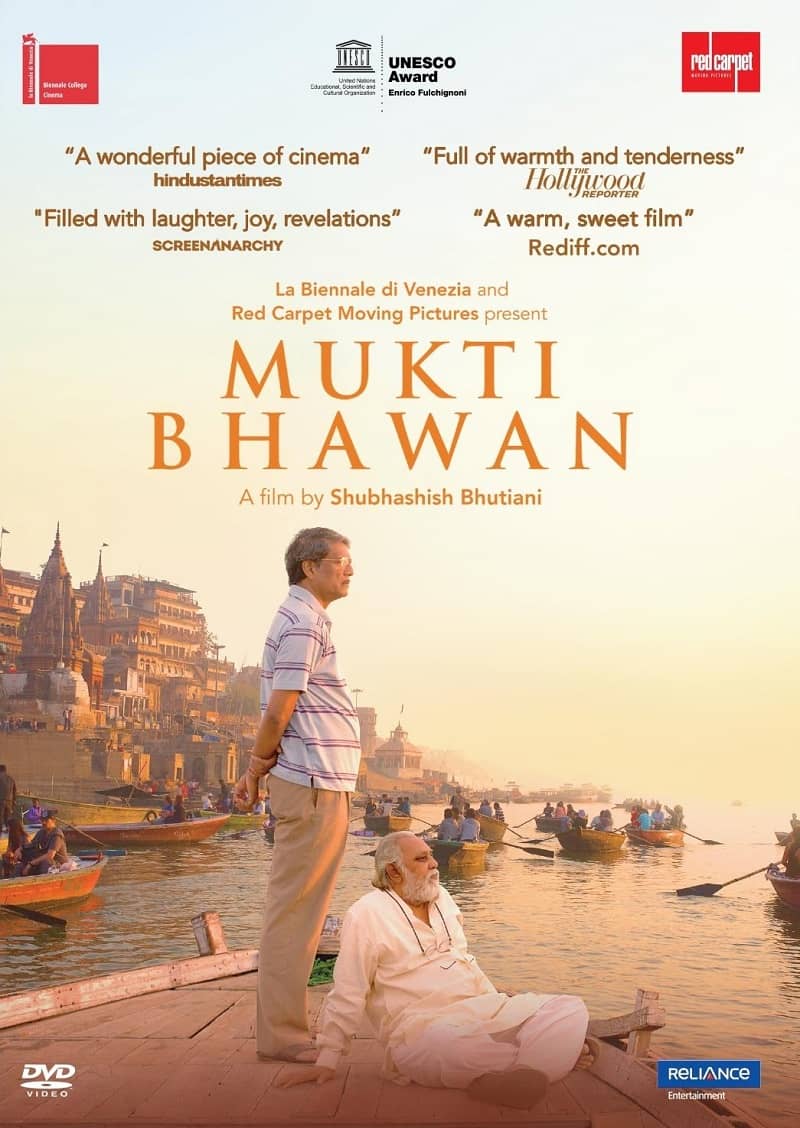
9. A Death in the Gunj (2017)
A hesitant man slaughters himself toward the finish of Konkana Sen Sharma’s A Death in the Gunj, yet the type of the film – a family gettogether, a period setting, hidden pressures, a worker – intentionally develops it like a homicide. It’s a shocking second that includes a rifle and a motivated Vikrant Massey. What’s more, that Morricone-style soundtrack. The shot of blood dribbling down a tree trunk. What’s more, the good to beat all cake: The opening-shutting scene, of the apparition of the quiet man in the vehicle, with his body in the storage compartment. The herring was continually going to be red in shading.
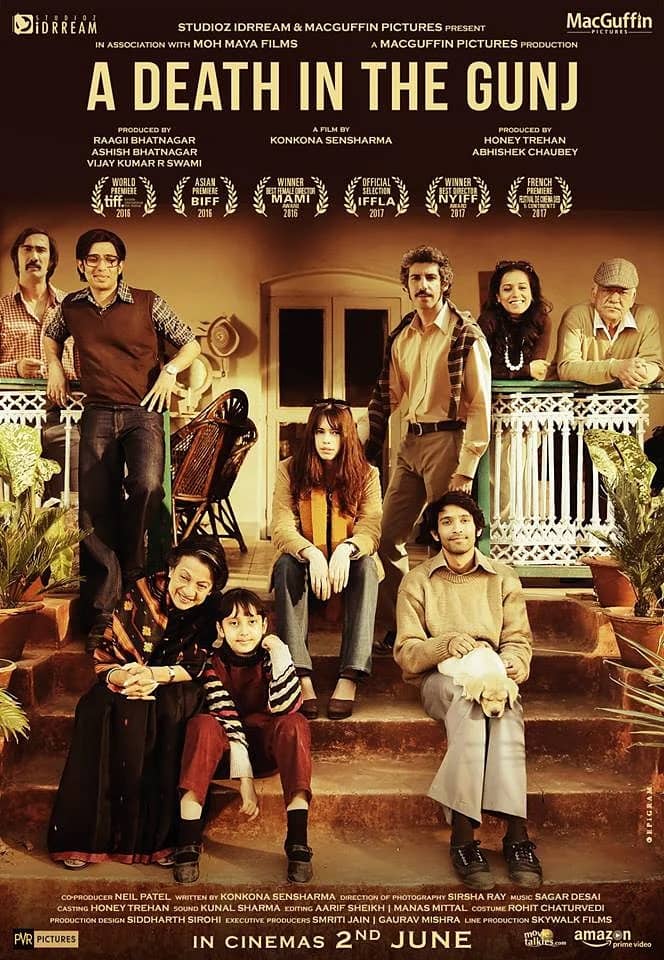
10. Kaamyaab (2020)
Sanjay Mishra is expressively suitable as Sudheer, a veteran Bollywood additional pushing for a record 500th job. However, the last scene of Hardik Mehta’s Kaamyaab is its best – an enthusiastic high and profound low. Sudheer is roped in as the “filler” to perform for a school assembly room while everybody sits tight for the main visitor, a genius. Sudheer acts his heart out, hurling himself around the stage, establishing acclaimed film scenes.
He proceeds – because he knows nothing else, and because this is his 500th job – even as everybody’s look turns towards the hotshot strolling in. The blinds shutting on an elderly person destined to be an awkward extra person wheel in any event, when the cameras aren’t moving is the pith of Kaamyaab. His girl, practically repelled, watches from the crowd in shock. She, at last, comprehends her dad, the one who has spent a lifetime making sure to be failed to remember.
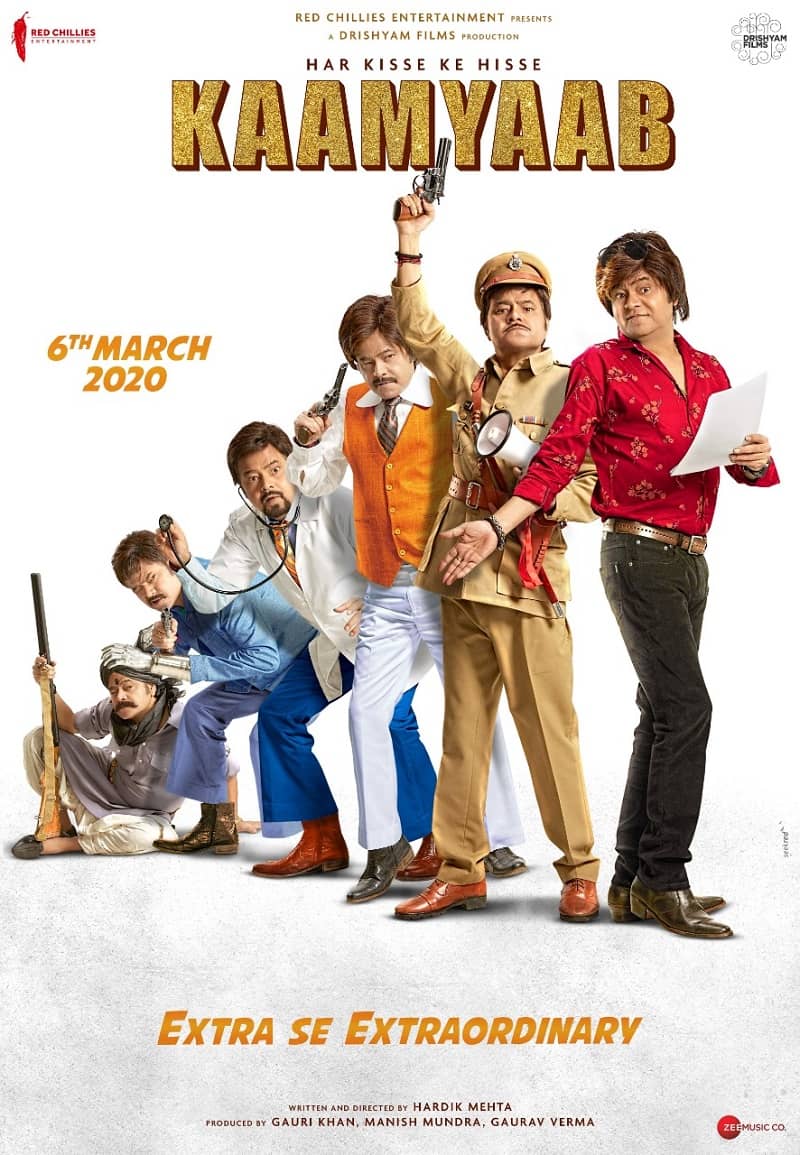

Post a Comment